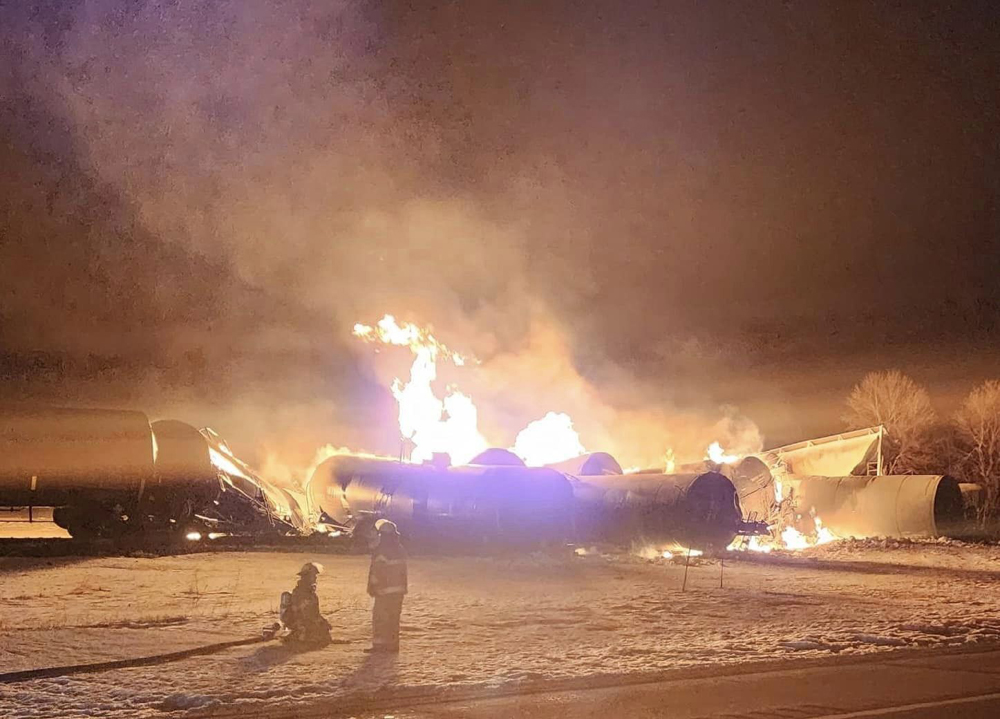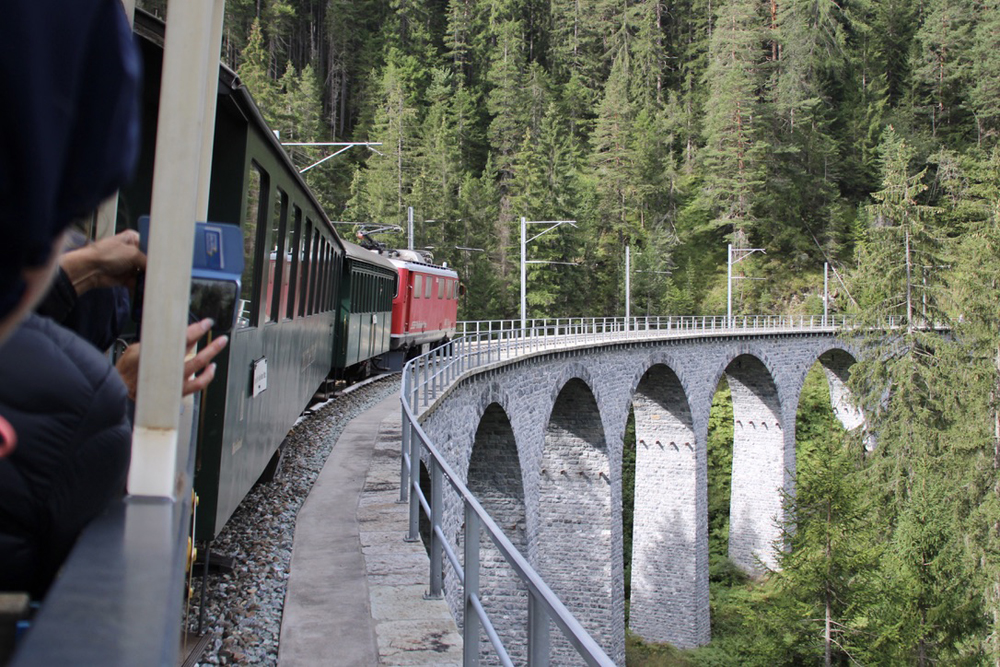
ST. PAUL, Minn. — On Friday, the day after a derailment and fire involving hazardous materials in the south central part of the state, Minnesota legislators heard testimony on a rail safety bill in the state Senate Transportation Committee.
Unlike recent legislation elsewhere, however, SF 3187 focuses more on emergency preparedness than railroad regulation.
The Minneapolis Star Tribune reports the bill was introduced as a reaction to the East Palestine, Ohio, derailment, but gained more local significance in the wake of Thursday’s incident in Raymond, Minn. [see “BNSF train transporting ethanol derails …,” Trains News Wire, March 30, 2023].
The bill requires railroads to contact local emergency officials with 15 minutes of an incident involving oil or hazardous materials and provide information about any substances released, and that a railroad representative must be available within one hour to advise the incident commander, “initiate railroad response actions as needed … and must be authorized to deploy all necessary response resources of the railroad.
The bill also calls for railroads to make hazardous-materials training available to emergency responders along routes where oil or other hazardous materials are carried, to hold meetings at least annually between with local emergency officials along such routes where oil or other hazardous materials are transmitted; and to hold exercises and submit response plans to deal with hazardous-material event.
Railroads and pipeline companies will be assessed $4 million annually to pay for additional training and oversight. Railroads will be charged 70% that amount, proportionate to their number of route miles.
The bill, authored by state Sens. Robert Kupec (Democratic-Farmer-Labor Party, Moorhead), Scottt Dibble (DFL-Minneapolis) and Kari Dziedzic (DFL-Minneapolis) was introduced Thursday.














My question about the lack of information at E. Palestine is what happened to the conductors manifest? The defect detector would have given an axle number for the defective car. From there one can look at the manifest and know by the axle count the possible cars involved. There was a serious lack of communication in this incident. We were always taught that the conductor ( or engineer if conductor was not able) was the de facto incident commander until other authorities were in position to do so.
RR representative in one hour seems far fetched. Derailments will happen sometimes out beyond any location of a trained RR rep.
Greg, I concur completely with what you posted.
It seems that the railroad, or at least the class 1s, already exceed these requirements. They maintain incident response hotlines and regularly respond and report within minutes of it incidents. Often times it’s these hotlines or the dispatcher that calls for the first responders before 911 is called. They also provide training to fire departments in communities they operate in. It seems that the only thing that will change is yet an additional tax on the railroads and increase government spending.
Minnesota loves extra taxes and spending.
Why is improving first responders access to a train’s manifest and adequate training a problem? The first responders in East Palestine didn’t have this information. Placards melted and they didn’t know what they were facing.
Having railroads subject to law is a good thing. Safety isn’t free. Obviously relying on any class 1s goodwill or hopeful intentions doesn’t always work. Perhaps consider volunteering to your local fire department.